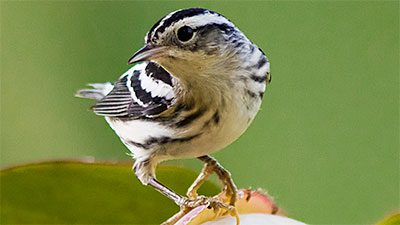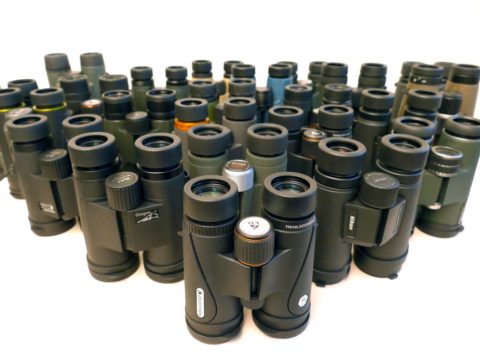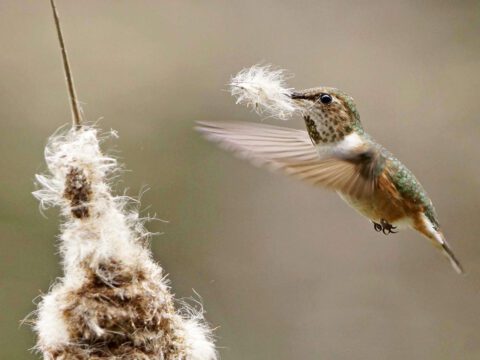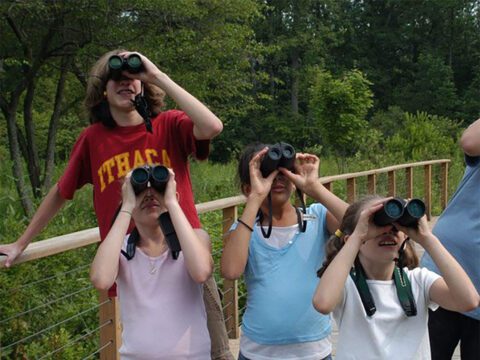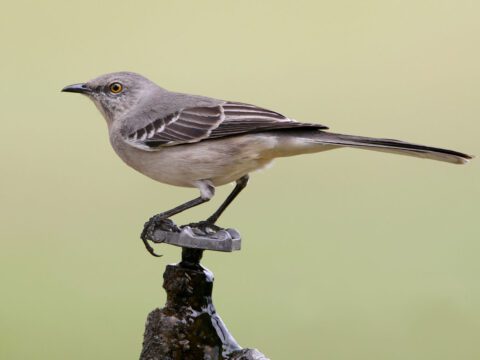Birds Tack Into the Wind on Fall Migration, Weather Radar Reveals
October 11, 2016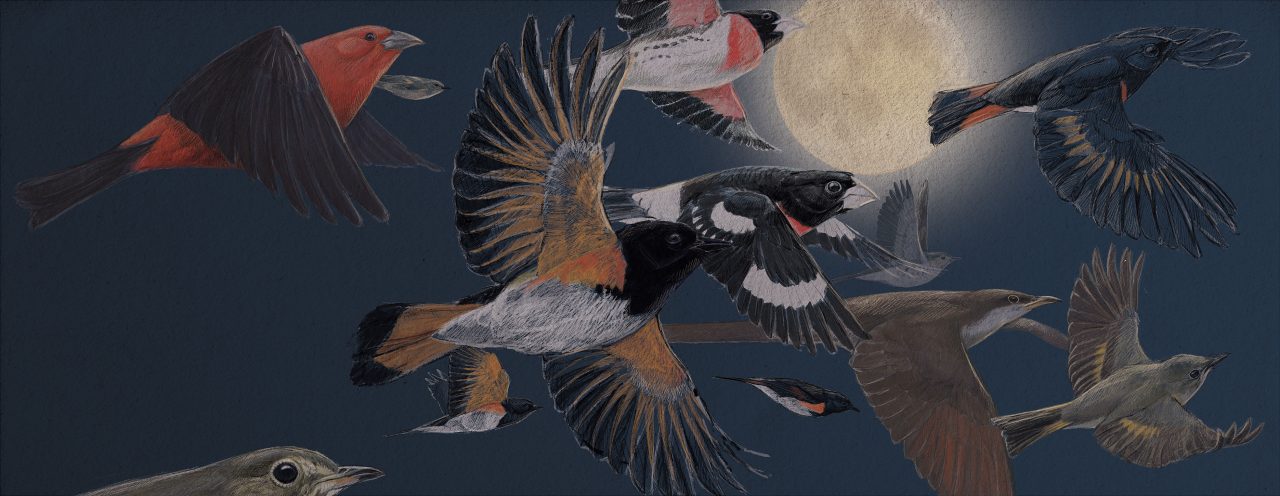
From the Autumn 2016 issue of Living Bird magazine. Subscribe now.
Traveling through the night, billions of songbirds take to the skies each fall. Scientists are now able to see some of the finer details of bird migration, thanks to the latest high-tech weather radar. Two studies published earlier this year used radar data to discover how birds migrating through the northeastern United States cope with strong autumn crosswinds that can push them far off course.
“This improved radar network, combined with advances in data analysis, means we can study patterns in where, when, and how many birds are aloft and even which way individual birds are facing,” says Cornell Lab scientist Andrew Farnsworth, coauthor of both studies.
All 140 weather radar stations in the lower 48 states now transmit radio waves vertically and horizontally, instead of only horizontally, providing much more detail about the shapes of objects in the atmosphere, be they ice, water droplets, or birds.
“When radio waves bounce back from a bird, the image we get is different depending on whether it’s coming from the head or the tail,” explains Kyle Horton, a doctoral student at the University of Oklahoma who processed the data for both studies. “That allows us to determine the bird’s orientation.”
For one study, published in the February edition of Scientific Reports, the researchers used data from coastal radar stations in New York, New Jersey, and Delaware during 2013 and 2014 fall migrations to compare the directions birds traveled with actual wind direction.
“On calm nights, fall migrants in the eastern U.S. would typically head southwest. But the prevailing winds there blow from west to east,” explains Benjamin Van Doren, a Cornell University undergraduate who was also a coauthor on both studies thanks to an NSF grant for research experience for undergrads. “These winds can shove migrating birds over the Atlantic Ocean where there’s nowhere to land.”
The researchers concluded that the birds either partially or completely offset wind drift by actively angling into the wind, often by as much as 90 degrees— a strategy called compensation. Farnsworth says the birds are using a strategy similar to tacking in sailing. “They’re flying with an unfavorable wind while trying to make progress and not waste energy,” he says.
According to the study, birds migrating along the coast compensate more than birds migrating near radar stations in upstate New York and Pennsylvania, presumably because the inland migrants weren’t at risk of being blown out to sea.
But compensation during nighttime flight may not be enough if crosswinds are especially strong. Sometimes birds keep flying even when night has ended, producing spectacular morning flights along the East Coast—migration events in which thousands of birds can be seen at dawn and just after sunrise flying back to the coast to find stopover habitat.
Morning flights were the focus of the other study, also coauthored by Farnsworth, Van Doren, and Horton, which added birder observations from Cape May, New Jersey, to radar data for the same 2013 and 2014 fall migration periods. They found that a strong autumn cold front closely predicted the size of the next morning’s flight. During these morning flights, birds were seen flying west or even northwest, in contrast to their general southerly migration patterns.
Farnsworth says the research will help programs such as BirdCast and eBird to alert birders when the conditions are right for getting out and seeing morning flights. He also says the findings underscore the importance of protecting coastal stopover habitat for birds, so migrants have safe havens to return to when they get blown out over the ocean.
“These strong fall winds are a regular meteorological pattern in the Northeast,” he says. “And strong fall storms could become more frequent in the future.”

All About Birds
is a free resource
Available for everyone,
funded by donors like you
American Kestrel by Blair Dudeck / Macaulay Library
